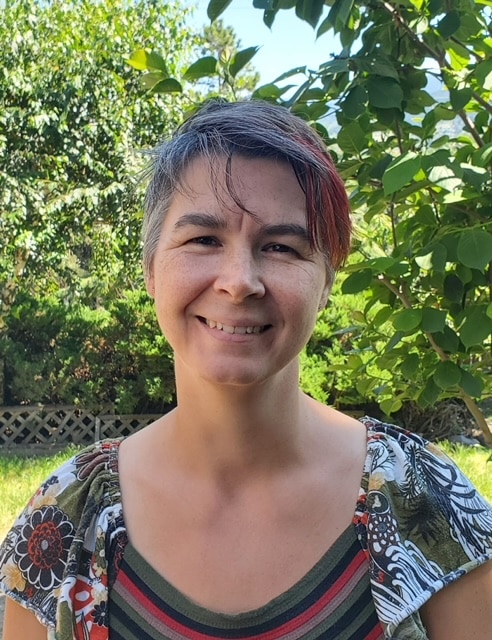
Psychological First Aid
January 11, 2023
Understanding Intimacy
January 31, 2023Communication. It’s so much a part of our daily life that we rarely think about it, yet it can help or hinder, make or break relationships. Communication is made up of many parts. To be effective communicators, we need to be:
- Good listeners. Active listening involves closely paying attention to what others say and asking for clarification when there is confusion.
- Concise. Avoiding longwindedness or overly complicated language
- Aware of tone and body language. The wrong tone or body language can change the meaning of what you say entirely.
- Considerate and open-minded. We need to be aware that what is going on inside us might be affecting how or what we hear being said.
- Respectful. If we are not respectful of others, they will not be respectful in their communications with us.
There are many pieces of training for communication for everything from parenting to business. One particular communication practice can be applied to all situations: Marshall Rosenberg’s Nonviolent Communication, also known as Compassionate Communication. This form of communication focuses on four aspects. Observations, Feelings, Needs, and Requests. In its most simple form, it means we recognize the facts in a situation without evaluation, we recognize the feeling this brings up and the need behind it, and then we make a request of the other person.
For example:
Observations:
Wrong (Evaluation/Judgement): “You don’t care about this family. You always miss the kid’s events.”
Right: Caleb had hockey games the past 3 Saturdays, and you haven’t attended them.
Feelings:
Wrong (Interpretation or false feelings): “It’s like you are avoiding us. He feels so abandoned.”
Right: “This makes me feel frustrated, hurt, and scared.”
Avoided or abandoned aren’t feelings. They describe the experience of the emotions.
Needs:
Unmet needs are the source of frustration, hurt or fear in this situation and require some thought. What is important to you, and what do you value?
Right: “I value consideration and participation in our family.”
Requests:
A request should be specific and offer a strategy for meeting the needs of consideration and participation.
Wrong (vague/demanding/confrontational): “I want you to show up for this family more.”
Right: “Would you be willing to attend two of Caleb’s games this month?”
Practicing this form of communication and reflecting on our communication styles can help us identify areas we need to work on and help reduce conflict and confusion.
Communication can be difficult, but is a core skill in almost every aspect of life. For more information or to book an appointment, Contact Us – please call 250-718-9291 or email us at info@okclinical.com
References:
Rosenberg, M. B. (2003). Nonviolent Communication: A Language of Life (2nd ed.). Encinitas, CA: PuddleDancer.
https://www.youtube.com/results?search_query=nonviolent+communication+and+Communication

Written by: Olivia Donaher, MACP
Olivia@okclinical.com
To book: Click Here





